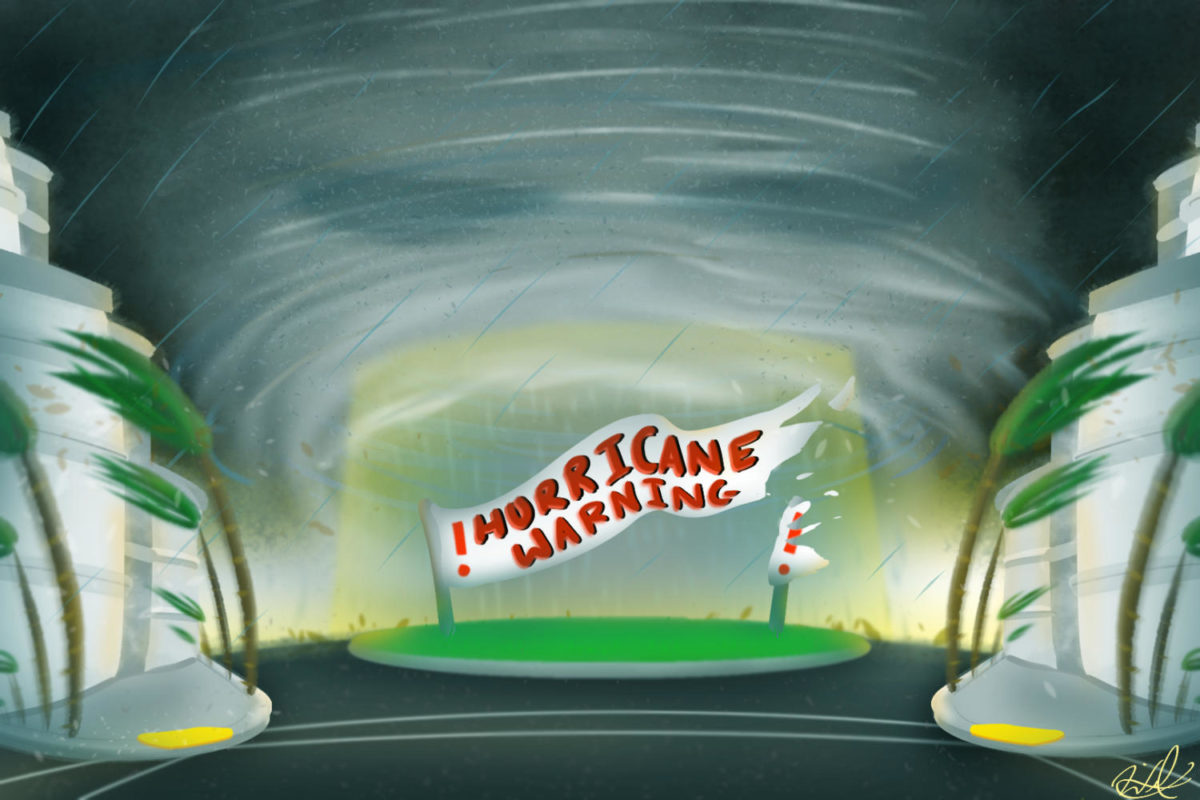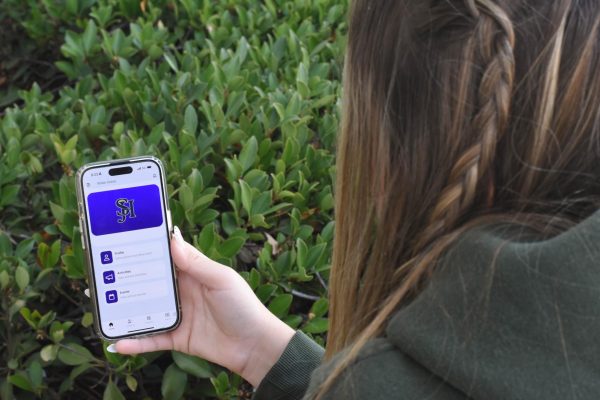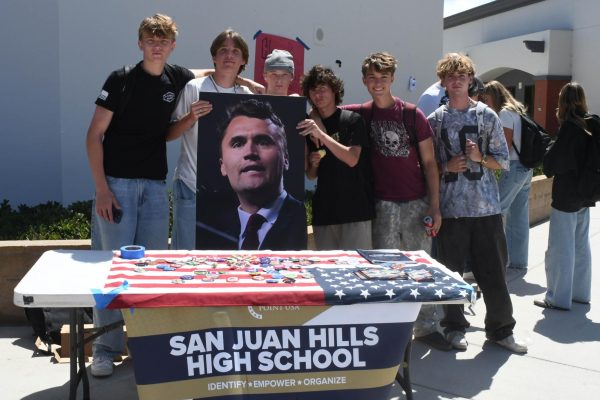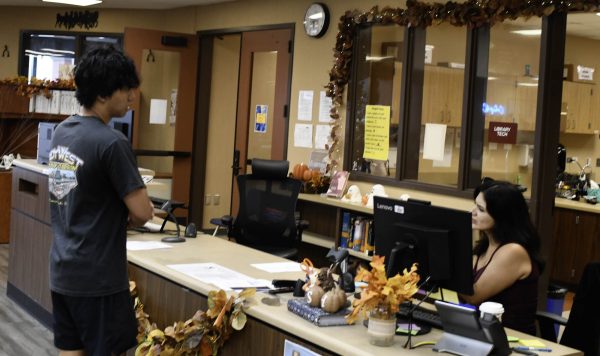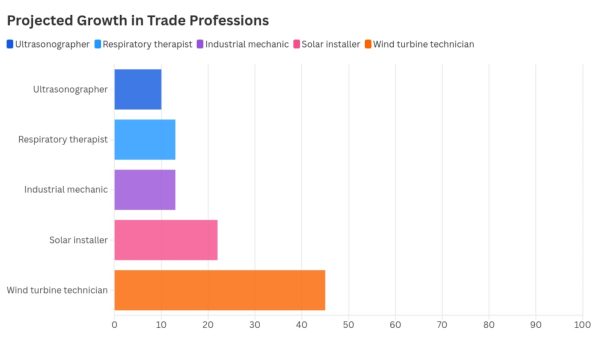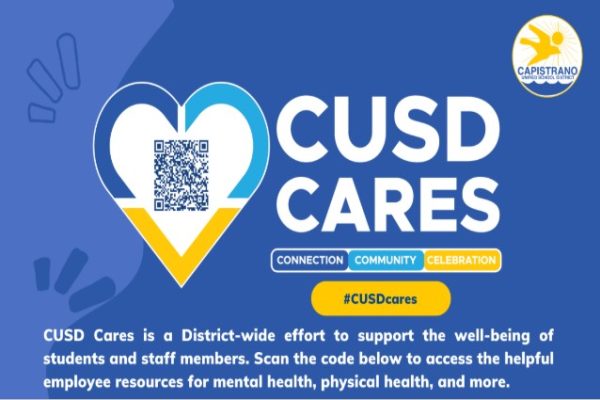ATTENTION: This is NOT the End of the World
Recent natural disasters are more severe in magnitude and frequency than in the past.
Hurricane warnings were issued in many states. Rescue teams are in action to help the victims of these disasters, but rebuilding will take time, especially in Puerto Rico.
President of the Red Cross Club, Sydney Shields, is helping SJHHS make an impact in the wake of a succession of natural disasters.
The club is holding a drive to raise money for the Red Cross fund for hurricane victims. After seeing so many people desperate after their homes and businesses were destroyed, Shields felt compelled to help. Students at SJHHS can donate money to their third period classes. The drive will last two weeks and ends on October 6.
In the last month, there have been four hurricanes, two major earthquakes, and a major fire in North America.
First, Hurricane Harvey destroyed communities in Southeast Texas and Louisiana. Hurricane Irma was soon after, and it hit Southern Florida and the Caribbean. Hurricane Jose decimated the Atlantic coast, and Hurricane Maria completely ravaged Puerto Rico in late September.
Mexico was first shaken by an earthquake along its coast at a magnitude of 8.2 on September 7. It was the “strongest in a century,” according to the US Geological Survey. Almost two weeks later on September 19, a 7.1 earthquake crumbled buildings and other infrastructure in Mexico City.
Los Angeles was sent into a state of emergency after a wildfire in La Tuna Canyon grew to be the “largest fire in the history of LA county in terms of acreage,” according to Mayor Eric Garcetti.
“It is too early to give a definitive statement, most of this recent activity is likely the result of climate change. They are in keeping with the trends that have been predicted by scientists,” said Emily Price, an environmental science teacher at SJHHS.
The earthquakes are a separate issue. Mexico is on an active fault line, and earthquakes are a common occurrence.
However, the hurricanes could definitely be the result of human activity. As the oceans warm, due to the emission of pollutants and greenhouse gases, hurricane activity increases, but disagreement is still prevalent on this matter.
A hurricane itself is not the issue. “The problem is the frequency and the size– the magnitude of the hurricanes is different than what we are used to,” Price said.
The fire in LA also was the direct result of the climate. According to Benjamin Bond-Lamberty, an ecosystem ecologist from the Joint Global Change Research Institute, “Fires tend to be associated with hotter, drier weather,” a trend that has been recorded in the LA region. The built-up, dead underbrush led to an extreme fire hazard due to the extra fuel.
To many it seems as if the world is ending. Entire cities are crumbling, Texas is underwater, and millions of people are without power. However, this is not the case.
“No matter what human beings do to the world, the earth is still going to survive. It just might be a form that doesn’t help human beings very much,” said Price.
There is still hope for a human-inhabited planet to continue as well. To directly help with the natural disasters, relief organizations have begun their work, and they rely on donations of time, resources, and money.
Everyone can also make an impact on our ecological footprint. Education is the key to limiting climate change. Living an environmentally sustainable life “shouldn’t be a matter of politics,” said Price. She teaches the precautionary principle, which states that actions should be taken to try to mitigate damages before disaster strikes. If people are cognizant about their actions, a change can be made. The survival of the human race is a non-partisan issue.
All hope cannot be lost. The world is not ending, and humans are not going to go extinct anytime soon. Price is optimistic. “I wouldn’t be teaching this. I wouldn’t be living this if I didn’t think there was hope,” she said.
Your donation will support the student journalists of San Juan Hills High School. Your contribution will allow us to cover our annual professional memberships as well as equipment and other costs associated with bringing you high quality student journalism.
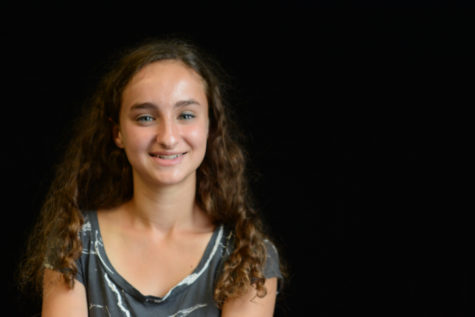
Kate Finman is a senior here at SJHHS and is so excited to be writing for her first year at The Express as the News Editor! In the past, she was an intern...

